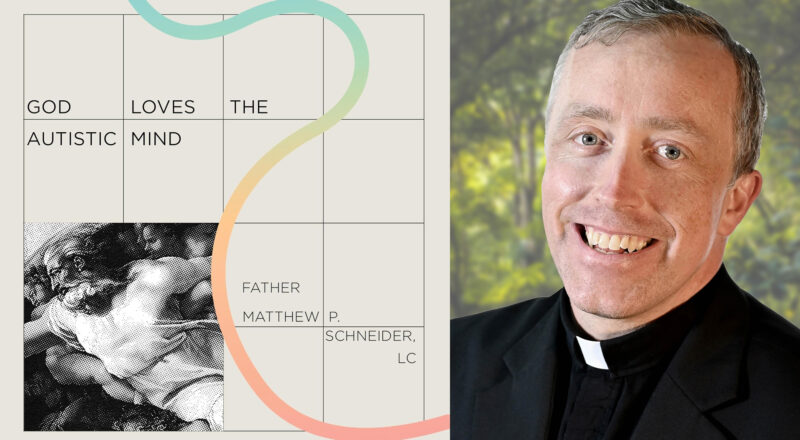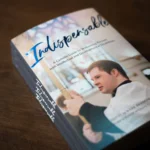This is my review of Bethany McKinney Fox, Disability and the Way of Jesus: Holistic Healing in the Gospels and the Church (Downers Grove, IL: IVP Academic, 2019) which is a work of disability theology focused on Jesus’ miracles. It was published in the Journal of Disability & Religion in December. I had gotten it approved in 2020, but it got delayed in its publishing. If you have access to Taylor and Francis through your institution, it is here; otherwise, I put up a PDF on ResearchGate.

Here are some excerpts:
In Disability and the Way of Jesus, Bethany McKinney Fox examines various perspectives on Jesus’ healing miracles to give a fuller understanding. I think she succeeds, in general, in her attempt to synthesize different contextual theologies regarding these miracles and provide a framework for healing ministry in the Church.
The whole book is extended commentary on Jesus’ healing miracles. The first half moves from exegetes to physicians to disabled individuals, viewing these miracles from different perspectives. The latter half deals with application to healing ministry; she interviews pastors on current practice, then synthesizes the first half into principles and examines their application.
Throughout, Fox is rather critical of the current tendency to emphasize the biomedical perspective of healing. She expects this paradigm in the physicians’ analysis of Jesus’ healing, but seems surprised how much this is the default paradigm almost everywhere. She notes, “No matter how much each pastor explained their multidimensional understanding of healing, at several points most would casually use the term to mean physical healing only. Even when they referred to other forms of healing that might be taking place for a particular person, it was referred to as a ‘different’ or ‘other’ kind of healing in a way that concretized physical healing as the primary or default definition” (p. 123).









